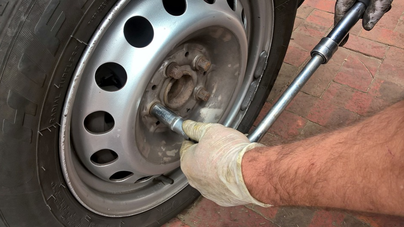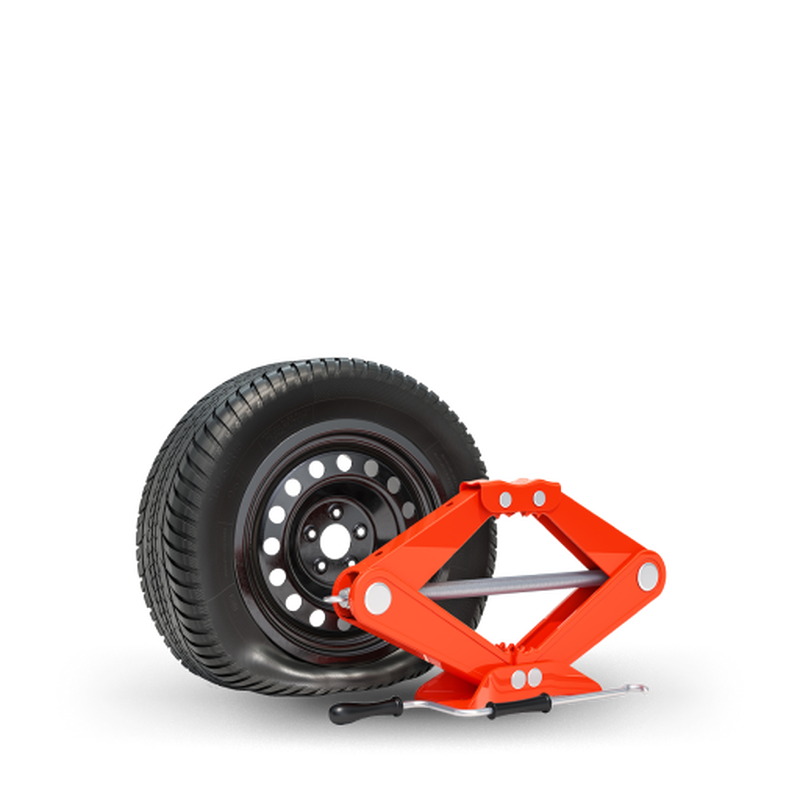Morris Tires: Where GMC Tire Service Fulfills Quality
Morris Tires: Where GMC Tire Service Fulfills Quality
Blog Article
Tire Solution: The Influence of Weather
When it comes to ensuring optimum efficiency and safety and security on the road, understanding the effect of weather conditions on tire solution is essential. GMC Tire Service. In this conversation, we will explore the detailed relationship between climate problems and tire service, dropping light on the value of weather-specific tire maintenance methods and considerations.
Heat and Tire Performance
When subjected to high temperatures, tires experience modifications in performance that can dramatically impact vehicle safety and handling. The heat created from extended driving or warm climate conditions causes the tire rubber to soften, leading to decreased tread life and enhanced wear.

Cold Weather Results
Cold weather condition problems can have a considerable effect on tire efficiency and security. As temperature levels drop, tire rubber can solidify, causing decreased traction on icy or snow-covered roads. In cool weather condition, tires may likewise lose atmospheric pressure much more rapidly, which can impact taking care of and fuel performance. In addition, cool temperature levels can trigger tire sidewalls to stiffen, enhancing the danger of damages from potholes or various other road risks.
To mitigate the results of winter on tires, it is vital to frequently inspect tire stress and inflate them to the producer's advised levels. Making use of winter season or all-season tires created for cold climate conditions can additionally enhance traction and grasp on icy or snowy roads. Proper tire maintenance, consisting of routine evaluations for wear and damage, ends up being a lot more essential throughout colder months to make certain optimal performance and safety.
Rainy Issues Influence
Tires with worn-out treads are extra vulnerable to hydroplaning, where a layer of water constructs up in between the tire and the roadway surface, leading to loss of traction. To battle this, vehicle drivers should on a regular basis inspect their tires for ample walk depth and take into consideration spending in tires specifically created for wet conditions.
Moreover, stormy weather condition can also reduce exposure, making it challenging for chauffeurs to see the roadway ahead clearly (GMC Tire Service). In such problems, it is necessary to change driving speeds accordingly and maintain a secure adhering to distance to permit abrupt stops. Appropriately filled with air tires can also help in keeping control on damp roadways by offering better handling and grasp
Snow and Tire Security
Snow-covered roads pose unique difficulties for chauffeurs, emphasizing the importance of correct tire option and upkeep. When driving in snowy problems, having the right tires can make a substantial difference in security and performance. Winter season tires are designed with special rubber substances and step patterns to visit give much better traction on snow and ice compared to all-season tires. The deeper treads and sipes of wintertime tires assist grip the road better, minimizing the risk of moving and slipping.

It is crucial to follow producer directions when installing and utilizing tire chains to avoid damages to the tires and automobile. By picking the ideal tires, maintaining proper rising cost of living, and considering additional traction aids like tire chains, vehicle drivers can boost their security when browsing snow-covered roadways.
Weather-Related Tire Maintenance
When encountered with numerous weather, correct tire upkeep becomes a critical element of lorry safety and efficiency. Weather-related tire maintenance encompasses a series of practices aimed at guaranteeing optimum tire function and durability in different weather condition circumstances. One key facet of weather-related tire upkeep is tire stress policy. Varying temperatures can create tire pressure to differ, impacting traction and fuel effectiveness. On a regular basis readjusting and examining tire pressure according to supplier suggestions is necessary for risk-free driving in altering climate condition. Furthermore, tire step deepness plays a considerable role in handling various weather condition elements. Tires with sufficient walk deepness supply better hold on damp or icy roadways, lowering the threat of hydroplaning or skidding. When tread wear gets to a particular depth is crucial for maintaining grip and security in negative weather condition, checking tire tread frequently and replacing tires. By prioritizing weather-related tire upkeep, chauffeurs can improve security, improve automobile efficiency, and lengthen the lifespan of their tires.
Final Thought
In verdict, weather condition important link conditions have a substantial impact on tire efficiency and safety. From heat influencing tire stress and wear to chilly weather condition reducing grip, weblink it is necessary to take into consideration the climate when maintaining and making use of tires.
In this discussion, we will certainly explore the complex relationship in between weather conditions and tire solution, shedding light on the significance of weather-specific tire upkeep techniques and considerations.

Report this page